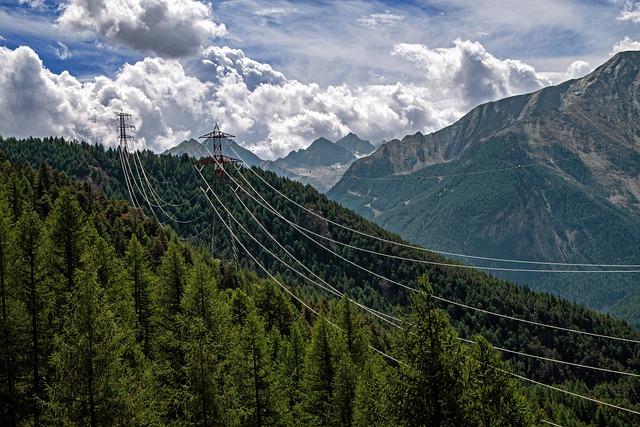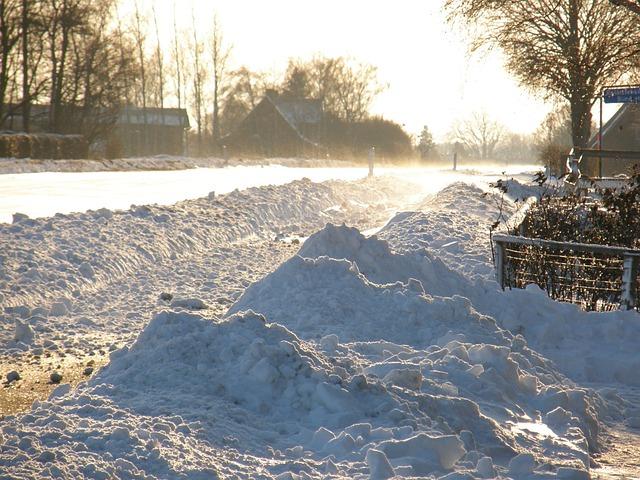The Importance of Tree Conservation in Urban Areas

Urban areas are increasingly becoming essential hubs of human activity, but this rapid urbanization comes with its environmental challenges. One crucial aspect that often gets overlooked is the importance of tree conservation in urban spaces. Trees play a vital role in maintaining the well-being of city dwellers by providing a myriad of benefits such as improving air quality, reducing energy usage, mitigating the effects of climate change, and enhancing overall public health. Understanding the significance of trees in urban environments is fundamental for sustainable urban planning and ensuring a healthy and resilient future for cities [1]. Their presence not only adds to the aesthetics of urban landscapes but also contributes to the overall ecological balance and quality of life for residents [2]. By exploring the public health benefits associated with urban trees, we can further underscore the critical role they play in enhancing the quality of life for urban communities [3]. In this article, we delve into the significance of tree conservation in urban areas and why it is imperative for sustainable urban development.
The Importance of Tree Conservation in Urban Areas
Urban areas greatly benefit from trees, providing a range of advantages that contribute to the overall well-being of residents and the environment. Trees play a vital role in mitigating urban heat islands by providing shade and cooling effects, ultimately reducing energy consumption for air conditioning in buildings. Additionally, trees help improve air quality by absorbing pollutants and releasing oxygen, creating a healthier living environment for urban dwellers. Furthermore, trees enhance the aesthetic appeal of cities, creating green spaces that promote relaxation and mental well-being.
Despite the significant benefits trees offer, tree conservation in urban environments faces various challenges. Urbanization often leads to the loss of trees due to infrastructure development and land clearing. This loss of green spaces can exacerbate issues like air pollution, increased temperatures, and decreased biodiversity. Climate change also poses a threat to trees in cities, with extreme weather events putting stress on tree populations. Addressing these challenges requires effective strategies for tree conservation, active community involvement, and sustainable urban tree management policies.
Strategies for Effective Tree Conservation in Cities:
- Implement tree planting initiatives in urban areas to increase green canopy coverage.
- Establish urban forestry programs that prioritize the maintenance and preservation of existing trees.
- Utilize tree equity tools like the Tree Equity Score to ensure all neighborhoods have adequate tree coverage.
Community Involvement in Urban Tree Conservation:
- Organize tree planting events and educational workshops to engage residents in tree conservation efforts.
- Encourage neighborhood associations and schools to participate in tree care and maintenance activities.
- Promote volunteer opportunities for tree stewardship and advocacy for urban green spaces.
Policy Recommendations for Sustainable Urban Tree Management:
| Policy Area | Recommendations |
|---|---|
| Land Use Planning | Integrate tree preservation requirements into urban development plans. |
| Tree Protection | Enact tree preservation ordinances to safeguard trees from indiscriminate removal. |
| Green Infrastructure | Incorporate trees into green infrastructure projects for sustainable urban development. |
Q&A
Q: Why is tree conservation important in urban areas?
A: Tree conservation in urban areas is crucial for numerous reasons. Trees provide various environmental, social, and economic benefits that greatly impact the quality of life in cities. They help improve air quality by absorbing pollutants and producing oxygen, regulate temperatures by providing shade, reduce urban heat island effects, mitigate stormwater runoff, and enhance biodiversity by providing habitat for wildlife. Additionally, trees contribute to the overall aesthetic appeal of urban spaces and have been linked to mental health benefits for residents. Efforts to conserve trees in urban areas ultimately contribute to creating more sustainable and resilient cities for present and future generations[2].
Q: How can urban forestry practices promote sustainable tree management in cities?
A: Urban forestry plays a vital role in promoting sustainable tree management in urban areas. By implementing practices such as proper tree planting, pruning, and maintenance, cities can ensure the health and longevity of their urban forest. Additionally, urban forestry focuses on tree species selection to enhance diversity, resilience, and adaptability to changing environmental conditions. Furthermore, urban forestry initiatives often involve community engagement and education to raise awareness about the importance of trees in urban environments and encourage active participation in tree conservation efforts[2].
Q: How can communities quantify their urban forest structure and ecosystem benefits?
A: Communities can quantify their urban forest structure and ecosystem benefits through tools and resources like i-Tree, developed by the U.S. Forest Service. By utilizing i-Tree and similar tools, communities can assess the environmental services provided by their urban forest, such as carbon sequestration, air pollution removal, energy conservation, and property value enhancement. These data-driven evaluations help communities make informed decisions regarding tree conservation, management strategies, and policy development. Quantifying urban forest benefits also provides valuable information for advocating for urban forestry initiatives and securing resources to support tree conservation efforts[3].
Conclusion
it is evident that tree conservation in urban areas plays a crucial role in enhancing the well-being of both the environment and the residents. By implementing tree protection strategies during construction [1], acknowledging the significance of street trees for urban avifauna [2], and considering the potential disservices and management costs associated with urban trees [3], we can strike a balance between development and conservation. As more research sheds light on the benefits and challenges of urban forestry, it is imperative for policymakers, city planners, and communities to collaborate in safeguarding our urban tree canopy for a sustainable future.
Simpsons Tree Services, Servicing Melbourne’s North Eastern Suburbs
Book a quote online at www.simpsonstrees.com.au


